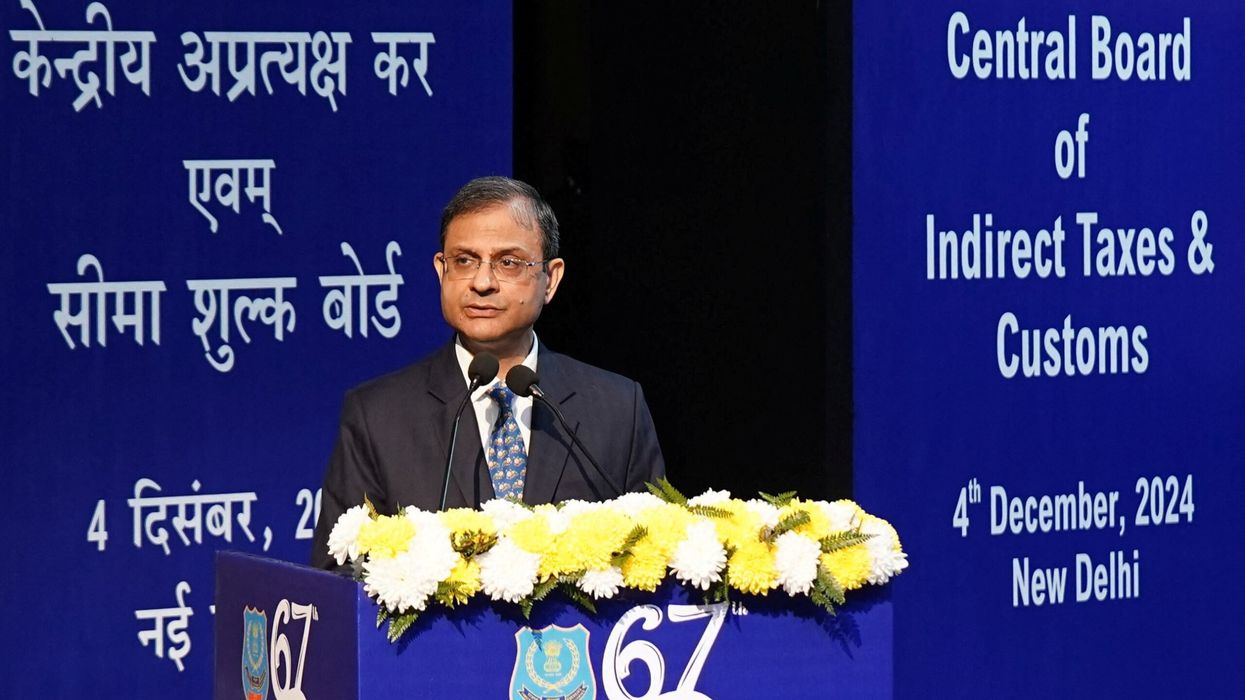THE Asian Development Bank (ADB) has trimmed its economic growth forecasts for Asia this year and in 2020, as growth in India and China is weighed down by both external and domestic factors.
According to ADB’s latest figures, India’s growth has slowed down to 5.1 per cent in fiscal year 2019 as the foundering of a major non-banking financial company in 2018 led to a rise in risk aversion in the financial sector and a credit crunch.
Also, consumption was affected in the south Asian country by slow job growth and rural distress aggravated by a poor harvest.
“Growth should go up to 6.5 per cent in fiscal year 2020 with supportive policies,” the lender said.
In September, ADB forecast India’s GDP to grow by 6.5 per cent in 2019 and 7.2 per cent in 2020.
In a supplement to its Asian Development Outlook 2019 Update released in September, ADB now expects GDP in Asia to grow by 5.2 per cent in both 2019 and 2020, down from the September forecast of 5.4 per cent growth this year and 5.5 per cent next year.
ADB Chief Economist Yasuyuki Sawada said: “While growth rates are still solid in developing Asia, persistent trade tensions have taken a toll on the region and are still the biggest risk to the longer-term economic outlook. Domestic investment is also weakening in many countries, as the business sentiment has declined.”
“Inflation, on the other hand, is ticking up on the back of higher food prices, as African swine fever has raised pork prices significantly.”
The supplement forecasts inflation of 2.8 per cent in 2019 and 3.1 per cent in 2020, up from the September prediction that prices would rise 2.7 per cent for two years.
In East Asia, growth in China is now expected to be 6.1 per cent this year and 5.8 per cent next year due to trade tensions and a slowdown in global activity, coupled with weaker domestic demand because of family wallets being hit by pork prices that have doubled from a year ago.
Growth could accelerate, however, should the US and the China come to an agreement on trade, the report adds.
In September, ADB forecast a GDP growth of 6.2 per cent in 2019 and 6 per cent in 2020.
Hong Kong, China, already in technical recession, will see severe downward pressures persist possibly into 2020. The economy is now expected to contract 1.2 per cent this year and grow 0.3 per cent next year.
In Southeast Asia, many countries are seeing continued export declines and weaker investment, and growth forecasts have been downgraded for Singapore and Thailand.
Central Asia is the only sub-region where prospects look a little brighter now than in September, largely thanks to increased public spending in Kazakhstan, the region’s largest economy.
Central Asia is now forecast to grow 4.6 per cent in 2019, up from the previous prediction of 4.4 per cent.
The forecast for 2020 is a growth of 4.5 per cent. Kazakhstan’s economy is seen to be expanding by 4.1 per cent this year and 3.8 per cent next year.












